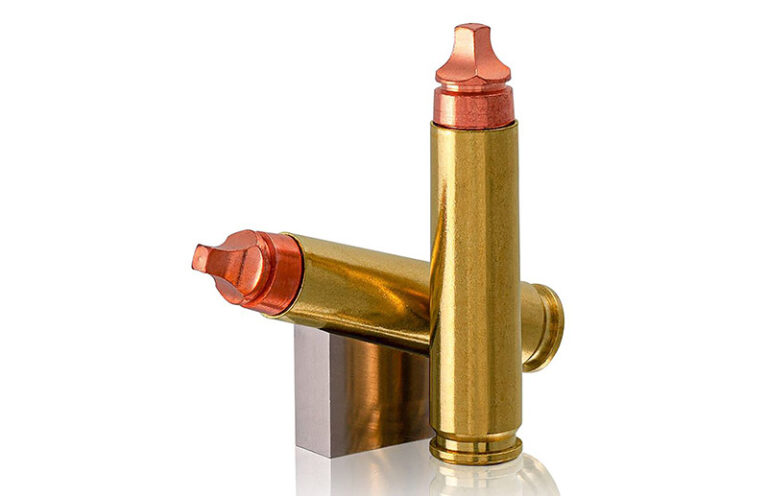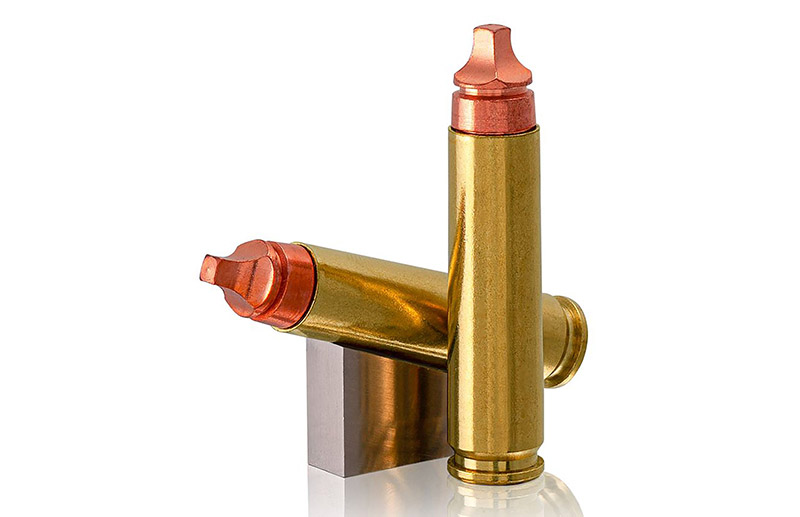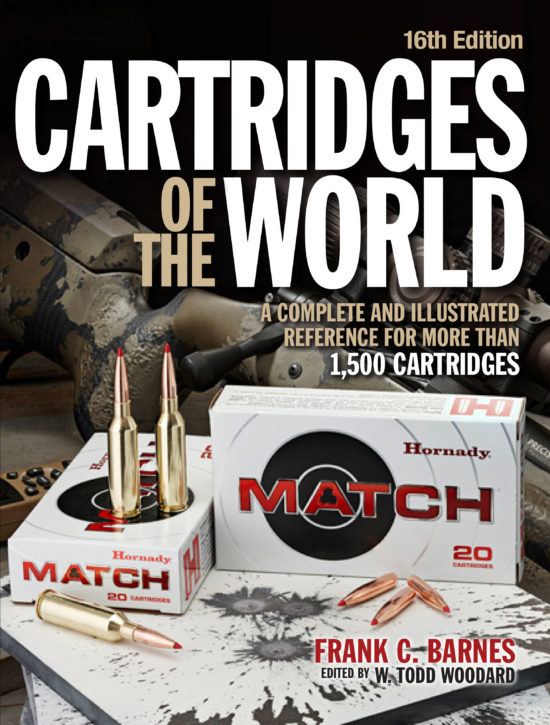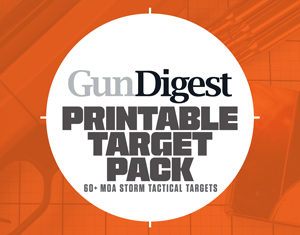
Don’t kid yourself about the power of .30 Carbine, because it’s just not there.
In 1940, the U.S. Ordnance Department concluded that a light carbine might have certain advantages over the .45-caliber semi-auto pistol in many combat situations. Various designs were submitted by a number of private manufacturers, and, in the end, Winchester’s offering was selected.
The semi-auto .30 M-1 Carbine was officially adopted in 1941. Its cartridge, a modification of the .32 Winchester self-loading round of 1906, was hardly a revolutionary design, but it served the purpose. About the same time, the Germans developed their assault rifle and the 7.92mm Kurz (short) cartridge. The M-1 Carbine isn’t an assault rifle, and the military insists it was designed to fulfill a different purpose. A few sporting rifles and handguns have chambered the .30 Carbine.

General Comments
In mid 1963, the government released .30 M-1 Carbines for sale to civilians through the National Rifle Association at the very moderate price of about $20. Thousands of these rifles, as a result, have been used for sporting purposes. Federal, Winchester and Remington load soft-point sporting ammunition.

The .30 Carbine cartridge is in the same class as the .32-20 WCF, but slightly more powerful. It’s wholly a small game and varmint round, despite contrary claims by those who love the short, light and handy M-1 Carbine. The modest accuracy of the carbine, combined with the ballistics of this cartridge, limit the effective sporting range to about 150 yards. The original author of Gun Digest’s Cartridges of the World used an M-1 Carbine to hunt small game and deer as early as 1943, before most people could get their hands on one of these guns, so he had a pretty good idea of the capability of the cartridge.
Remember that the .32 Winchester self-loading round became obsolete in 1920, because it was ineffective and more or less useless for sporting purposes. The .30 Carbine was derived from that round and shares the same shortcomings. However, it can shoot relatively cheaper military ammunition, and this allows use of the gun in many situations not economically feasible with the .32 SL.
However, don’t kid yourself about the so-called “terrific power” of the .30 Carbine cartridge, because it’s just not there. Despite this, it can be a very useful cartridge within its limitations, and its use and popularity have increased considerably over the years.

One final note: Had the military adopted a normal, modern rifle pressure standard, instead of the inexplicably modest 40,000 psi specified, we might have a somewhat different opinion of this cartridge. Loading to normal .30-06 pressures provides about 400 fps more velocity, which seems significant.
Editor's Note: This article is an excerpt of Gun Digest's Cartridge's Of The World.
Raise Your Ammo IQ:
- Beyond The 6.5 Creedmoor: The Other 6.5 Cartridges
- The Lonesome Story Of The Long-Lost 8mm
- Why The .300 H&H Magnum Still Endures
- .350 Legend Vs .450 Bushmaster: Does One Win Out For Hunting?

Next Step: Get your FREE Printable Target Pack
Enhance your shooting precision with our 62 MOA Targets, perfect for rifles and handguns. Crafted in collaboration with Storm Tactical for accuracy and versatility.
Subscribe to the Gun Digest email newsletter and get your downloadable target pack sent straight to your inbox. Stay updated with the latest firearms info in the industry.

![Best Concealed Carry Guns In 2025 [Field Tested] Wilson Combat EDC X9S 1](https://gundigest.com/wp-content/uploads/Wilson-Combat-EDC-X9S-1-324x160.jpg)


![Best 9mm Carbine: Affordable PCCs [Tested] Ruger Carbine Shooting](https://gundigest.com/wp-content/uploads/Ruger-Carbine-Shooting-100x70.jpg)
![Best AR-15: Top Options Available Today [Field Tested] Harrington and Richardson PSA XM177E2 feature](https://gundigest.com/wp-content/uploads/Harrington-and-Richardson-PSA-XM177E2-feature-100x70.jpg)

yeah, so many incorrect assertions here that I won’t believe anything from gundigest.com.
30 carbine – 110gr at 2000fps is the same class as 32Winchester center fire (incorrectly called 32-20 wcf) at 120gr at 900fps. Obviously this was “written” by AI just scraping bad info posted on Reddit and not proofed or fact checked.
How can GD sneer at the 30 Carbine, with double the muzzle energy of the 357 Magnum? Next time I turn around I’ll no doubt see an article about how the 30 Super Carry is the greatest thing since the invention of cartridge ammo and the 9mm is outdated and obsolete. Obviously no one is paying you to promote 30 Carbine.
“Had the military adopted a normal, modern rifle pressure standard, instead of the inexplicably modest 40,000 psi specified, we might have a somewhat different opinion of this cartridge. Loading to normal .30-06 pressures provides about 400 fps more velocity, which seems significant.”
But that would have defeated the purpose: Provide support troops who had no need to fire or practice with a full power rifle cartridge and its’ muzzle flash and recoil with a shoulder weapon they could fire more accurately and to a greater range than a .45 pistol.
In fact, there’s a decent argument for the .30 carbine being the very first “pistol caliber carbine”, and the same arguments for the 9 mm PCC vs a 9mm handgun apply. One reason we confuse it is that it was called .30 caliber, commonly seen as a rifle cartridge.